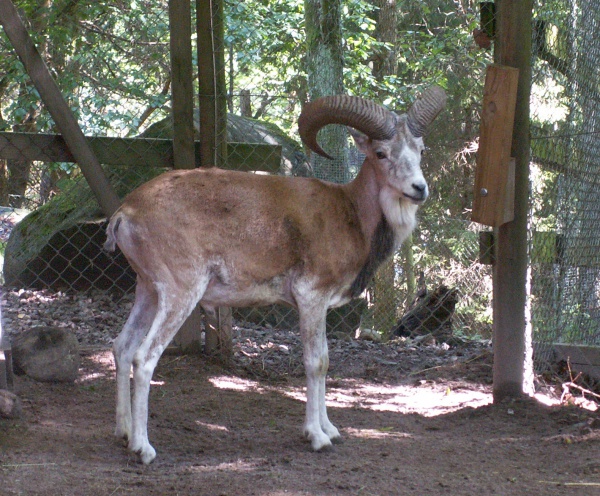Facts About Urial
The urial, often referred to as arkars or shapo, is a captivating wild sheep that belongs to the Ovis orientalis species. These animals have a reddish-brown coat that lightens during the winter months. Males are particularly striking with their black ruffs and impressive horns, which can grow up to 100 cm in length, while females possess shorter horns.
Urials are distributed across western and central Asia, from Iran and Kazakhstan to Pakistan and India. They thrive on grassy slopes below the timberline and primarily graze on grass, though they will also eat leaves when necessary.
Unfortunately, the urial's existence is under threat due to habitat loss. However, there is a positive development as their populations are beginning to recover. The mating season begins in September, and after a five-month gestation period, the rams and ewes welcome their offspring.
Within the urial species, there are six notable subspecies: the Afghan urial, Transcaspian urial, Blanford urial, Bukhara urial, Punjab urial, and Ladakh urial. Each subspecies has its own unique range and characteristics, contributing to the rich biodiversity of their regions.

 Pakistan
Pakistan